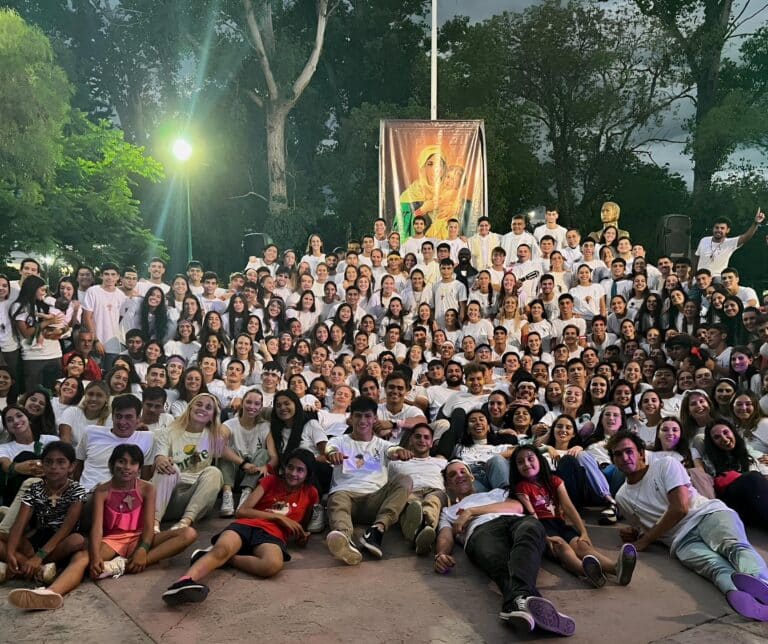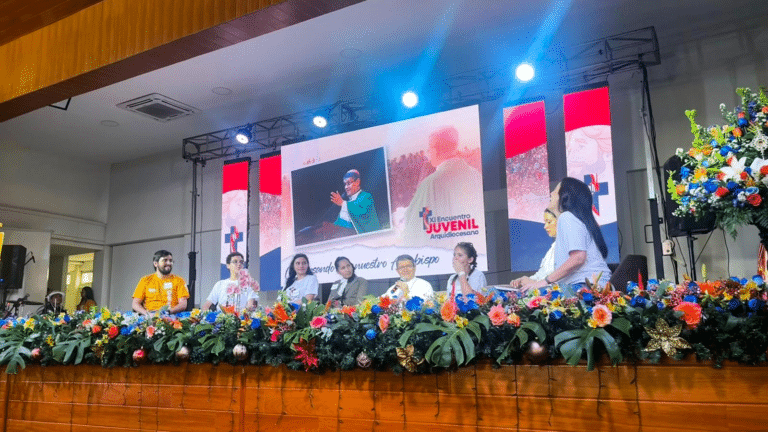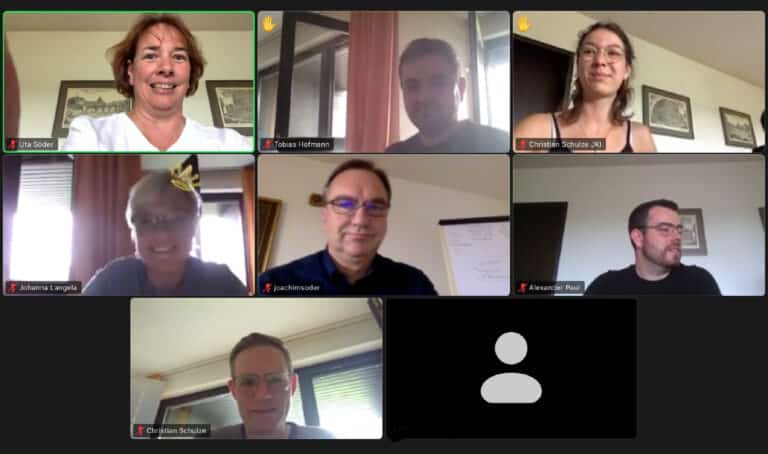Expectation, anxiety, and a lot of work are part of the routine of the members of the Schoenstatt Boys’ Youth from Portugal. They are fully engaged in the preparations for Ignis, which is the International Encounter of the Boys’ Youth. The event will take place in Aveiro/Portugal, from July 27-30, prior to WYD. In total, 532 participants from 18 countries are expected.
“We are full steam ahead, with lots of meetings, logistical work, rehearsals, trips, calls, etc. But we are happy to have a great team of young people and advisors who are giving their very best to make IGNIS a remarkable experience of encounter with God and among young people,” commented seminarian Lucas Botassio, from the Institute of the Schoenstatt Fathers.
Bringing the fire of our charism to WYD

The motto chosen by the team of WYD leaders from Portugal and Spain for this encounter is a phrase spoken by Jesus (Lk 12:49): “I came to bring fire”.
“It expresses the spirit that we want to live during these days of preparation for WYD. On the one hand, we want to let ourselves be set on fire by the vitality and enthusiasm that each group of the international Boys’ Youth brings from their country of origin. It is a great treasure and an opportunity to share dreams, to build new bonds and to feel the fire of being together again, especially after the pandemic. On the other hand, it expresses the desire to bring the fire of our charism to WYD. We want to share our way of living our faith, our Covenant culture with all those we meet. Thus, we are also sent to spread the fire!”, Lucas explains.
As a symbol, they will go on pilgrimage from Aveiro to Fatima, on July 30th. They will carry the same torch that the Boys’ Youth carried, in 2014, from Rome to Schoenstatt (Fackelauff). “This gesture expresses our dream of bringing, through Our Lady, the fire of Christ to all the people participating in WYD,” says Lucas Botassio.
The young participants are the protagonists
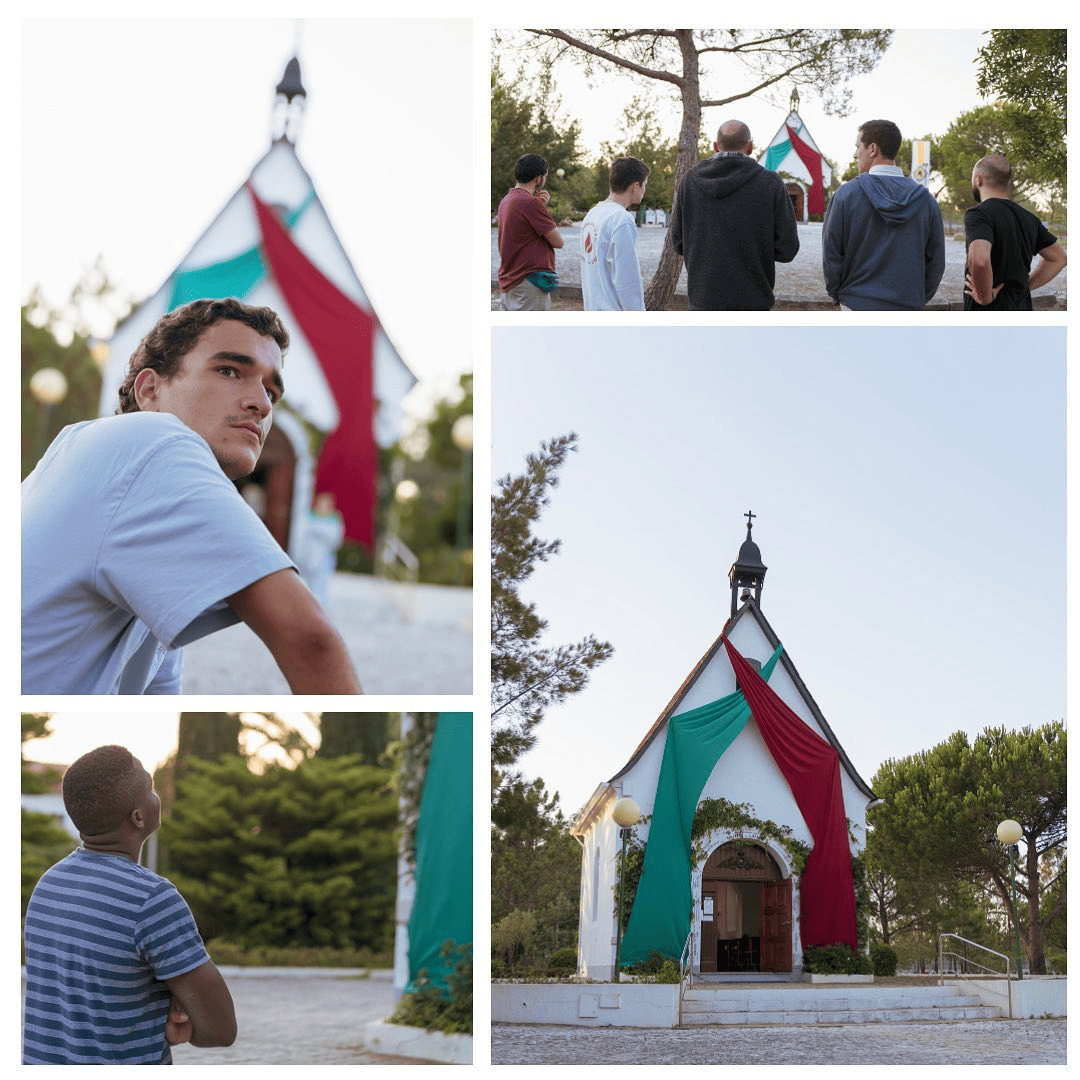
Participating in Ignis (a word that means “fire”) will be representatives from: Argentina, Austria, Bolivia, Brazil, Chile, Costa Rica, Czech Republic, Ecuador, Germany, Italy, Mexico, Paraguay, Poland, Portugal, Spain, Switzerland, Hungary, and the United States.
“Young people are the protagonists, that’s why we want them to have a privileged space to express themselves and share their dreams and experiences. The IGNIS leaders strove to make the encounter as experience-driven and dynamic as possible. Therefore, we have reduced the ‘massive’ moments and focused on activities with smaller international groups. The greatest gift of the encounter is the opportunity to be together and to get to know Schoenstatt and the Boys’ Youth from many places through the groups that will be made up during the encounter,” the seminarian explained.
Today, across the ocean
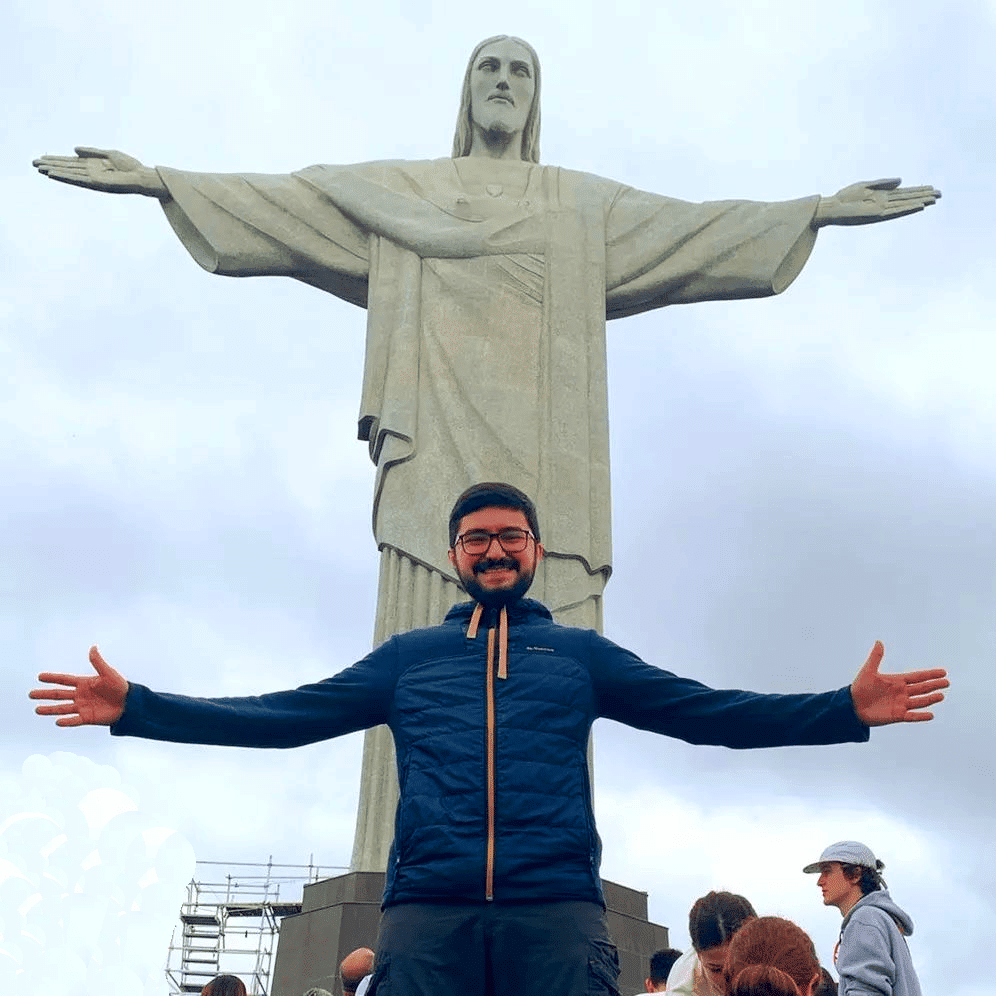
The first edition of Ignis took place in Brazil, just before WYD in Rio de Janeiro, in 2013. Lucas Botássio participated in this event and, based on this experience, talks about his expectations for the next International Encounter of WYD:
Ten years ago, I participated in the first IGNIS in Rio de Janeiro. It was an experience that deeply influenced me, even in the vocational sense. I remember being at Copacabana beach and looking at all those people, colors and flags that expressed the values to which I wanted to give life. Looking at the sea on the horizon, while contemplating the sunset, I felt an immense peace and a desire to go beyond. I think it was there that Jesus began to call me to go into deeper waters, even though at the time I did not know how to express in words that he was calling me to the priesthood. Today I find myself across the sea, geographically speaking. It is a privilege to be in Portugal and to have the opportunity to work so that many can experience the testimonies of other young people and of Christ, who continues to call young people to a full life, be it in marriage, or in consecrated or religious life.
The Symbol of the Ignis
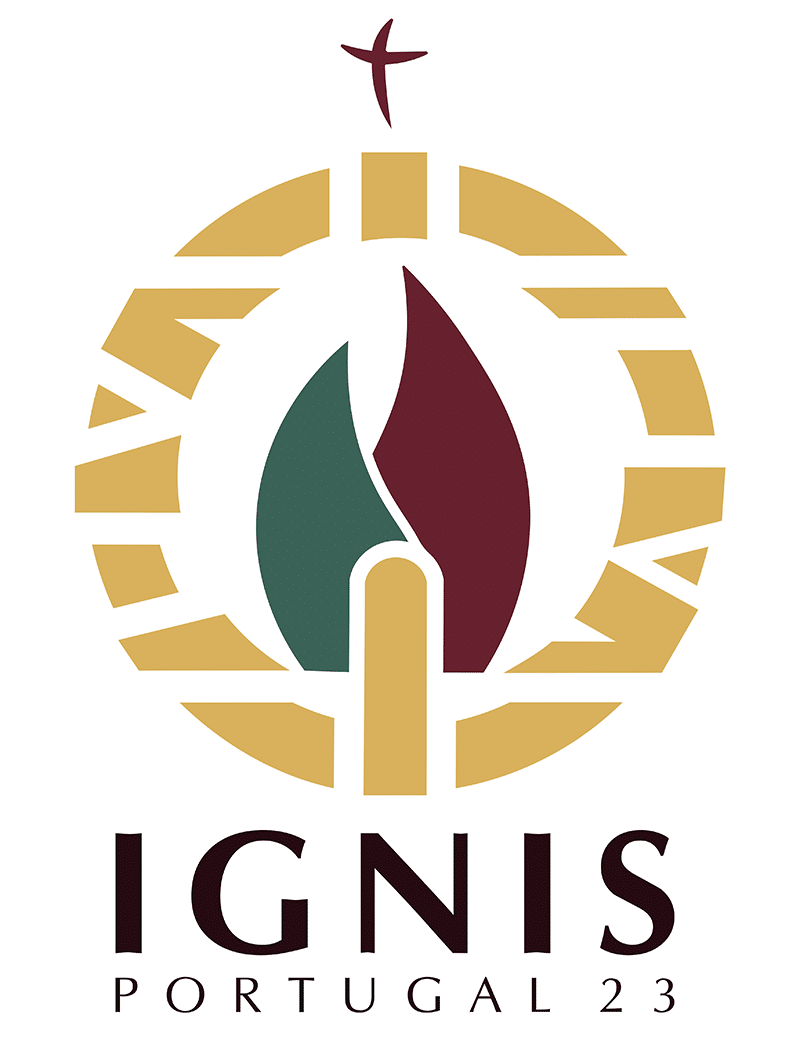
The 𝐚𝐫𝐦𝐢𝐥𝐥𝐚𝐫𝐲 𝐬𝐩𝐡𝐞𝐫𝐞 has been a national symbol of Portugal since the late 15th century, when King D. Manuel incorporated it into his royal emblem. Invented in China first and then improved by Greek and Persian astronomers, it was an astronomical instrument that allowed Portuguese sailors to understand the starry sky to guide themselves across the Oceans. It is a symbol that unites Portugal with the rest of the world!
The 𝐜𝐫𝐨𝐬𝐬 of unity is our star! A cross that represents the union so profound between Jesus and Mary and reminds us of the centrality of attachments in Schoenstatt spirituality, it is made in iron on the stone of the memorial behind the Lisbon Shrine. It is the symbol of the heroism to which we want to aspire for our lives. As the star that guides us in the surrender of love to the limit!
The 𝐬𝐚𝐢𝐥𝐬 of the Portuguese ships, such as the caravels, which were designed in Lisbon and Coimbra between the 15th and 16th centuries, made it possible to cross the ocean with the wind against and carried embalmed the Cross of Christ. They were especially important for crossing the Cape of Storms (Cape Town, South Africa), where the usually stormy winds would sink the boats and destroy the crews. This achievement was accomplished by Bartolomeu Dias in a Caravel and therefore later fostered the production of this type of boat with triangular sails. It reminds us of Mary, our flag, in her missionary impetuosity to take Jesus regardless of the strength of the adverse winds!
The 𝐝𝐨𝐨𝐫 of the shrine, a symbol that in Portugal became the ideal of the JM and later of the entire Family. We want to be the Door of Europe! Just as the Christian expansion left Europe, through Portuguese ports, to meet the new world. So we also believe that the re-Christianization of Europe goes through Portugal and the welcoming of the Portuguese people. We want to be a door of exit and entrance of God’s graces! It is the symbol in Portugal of the counter-current of the 31st of May and of the Schoenstatt mission to the world!

